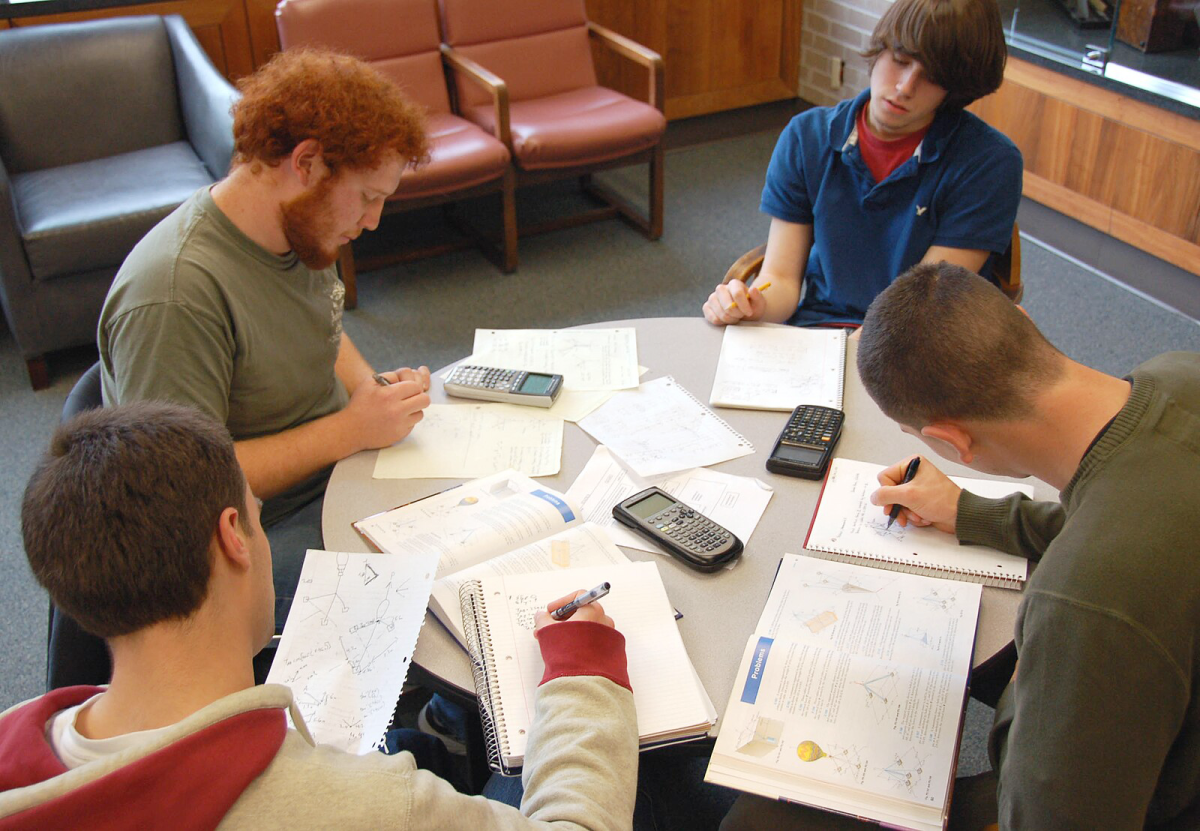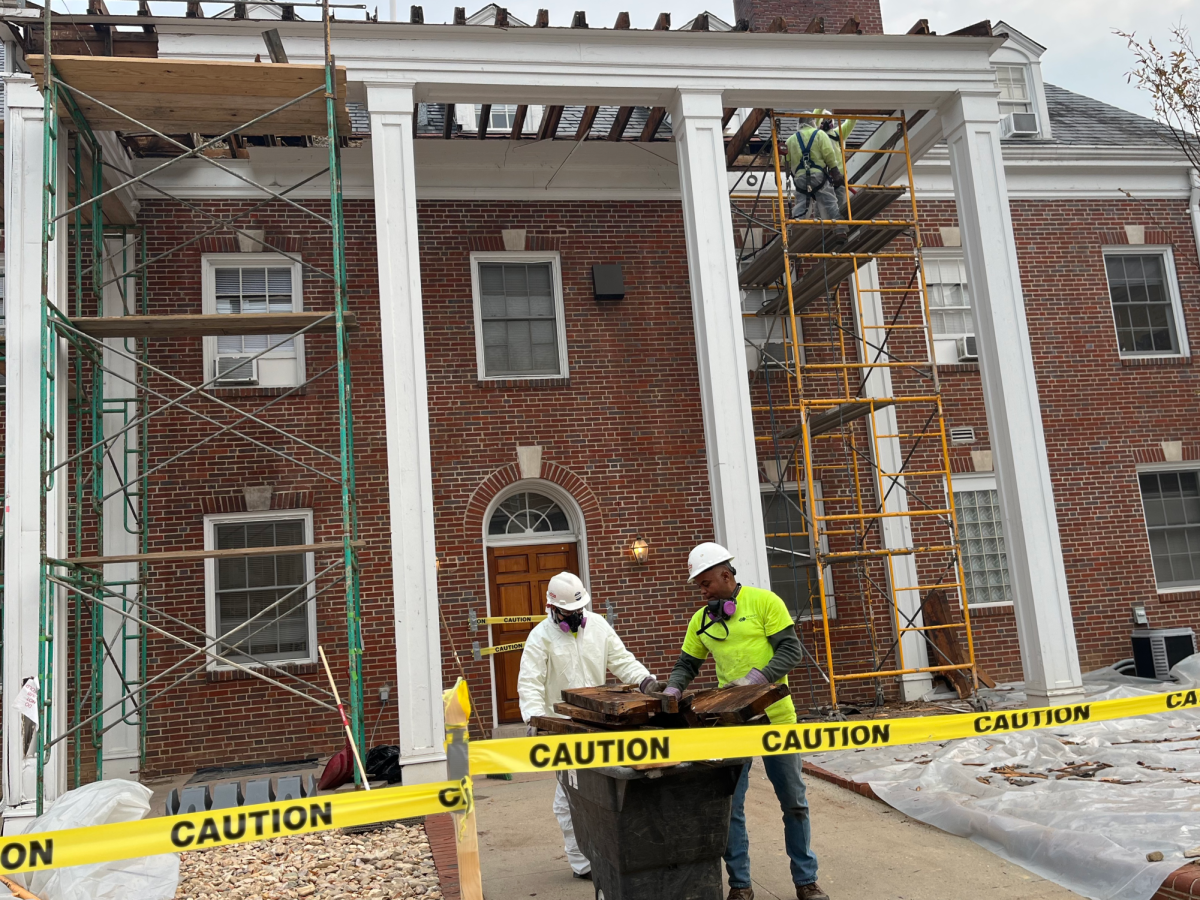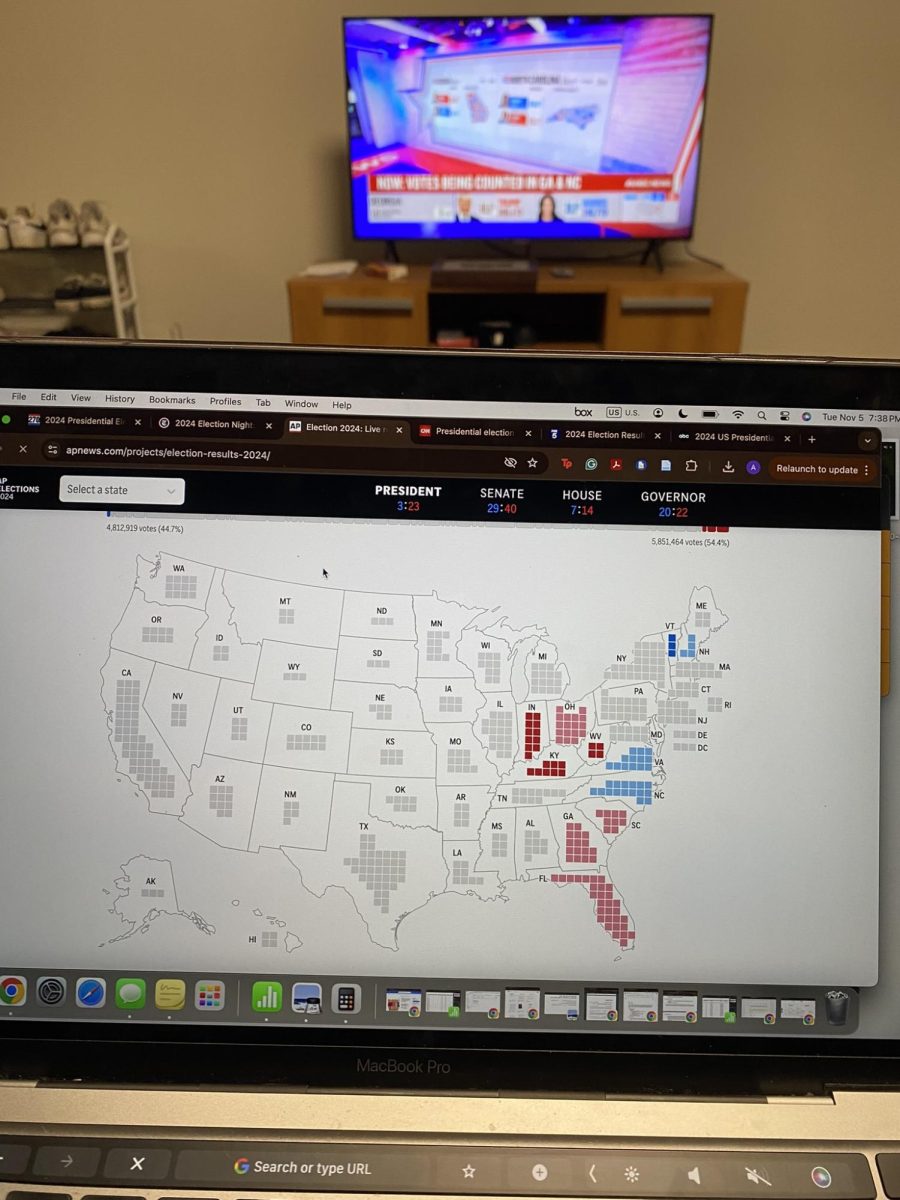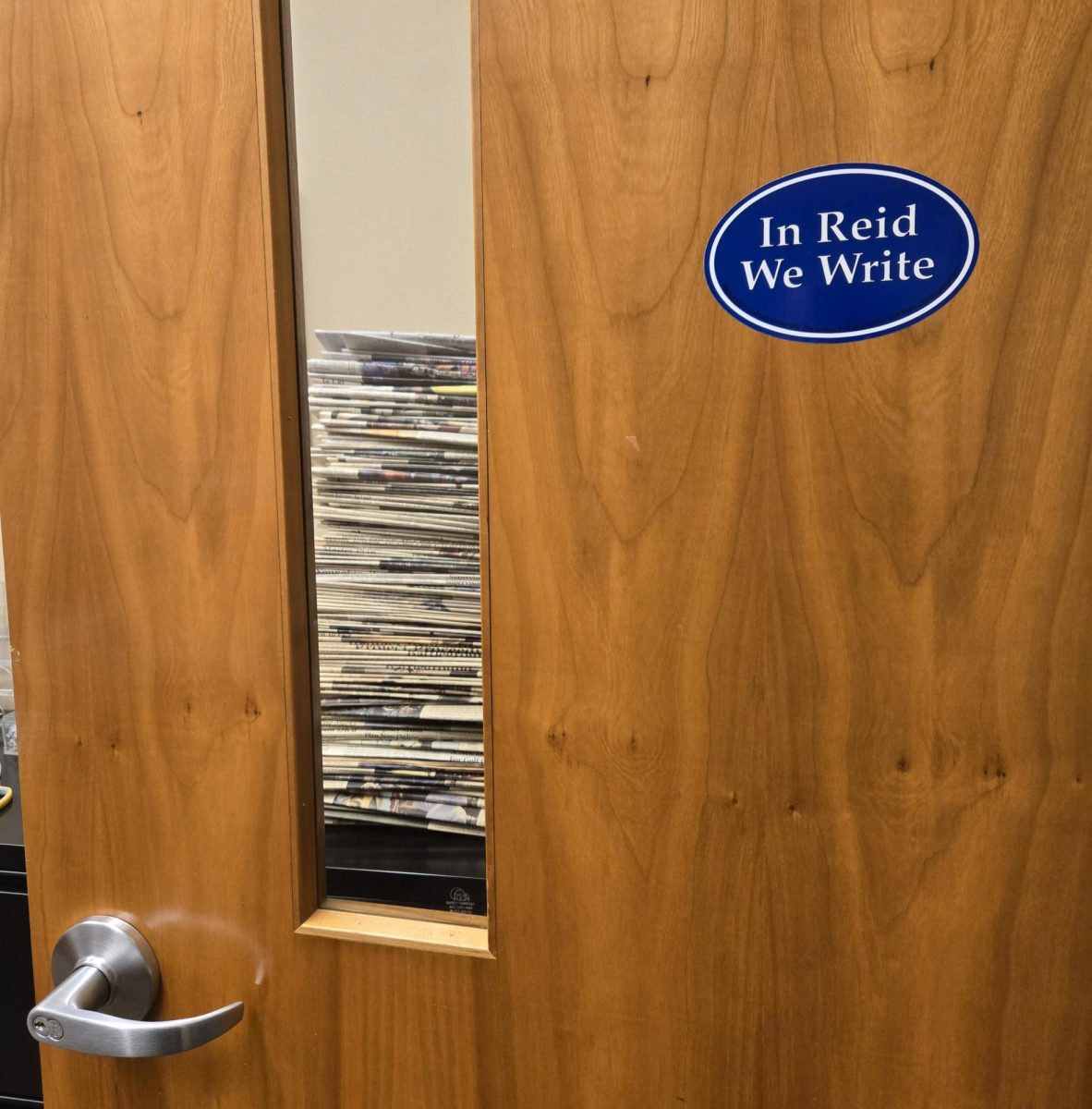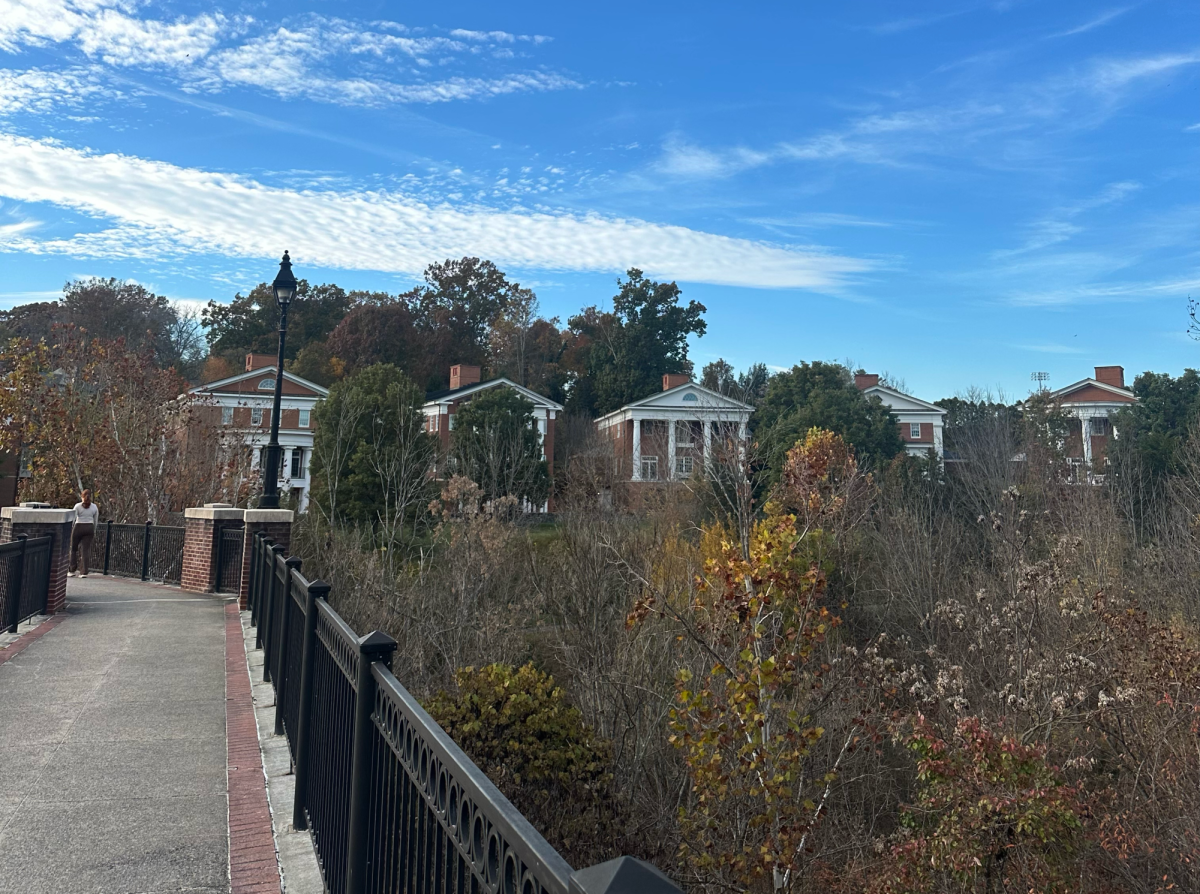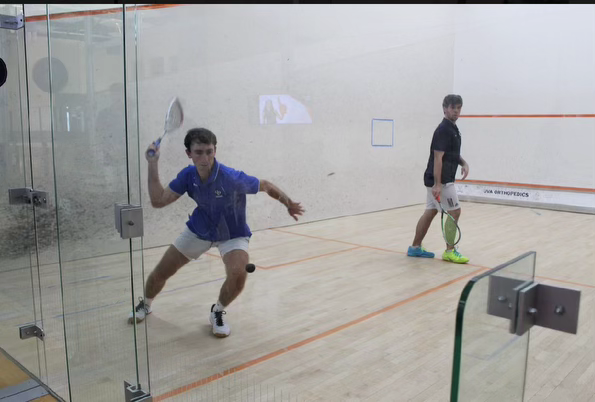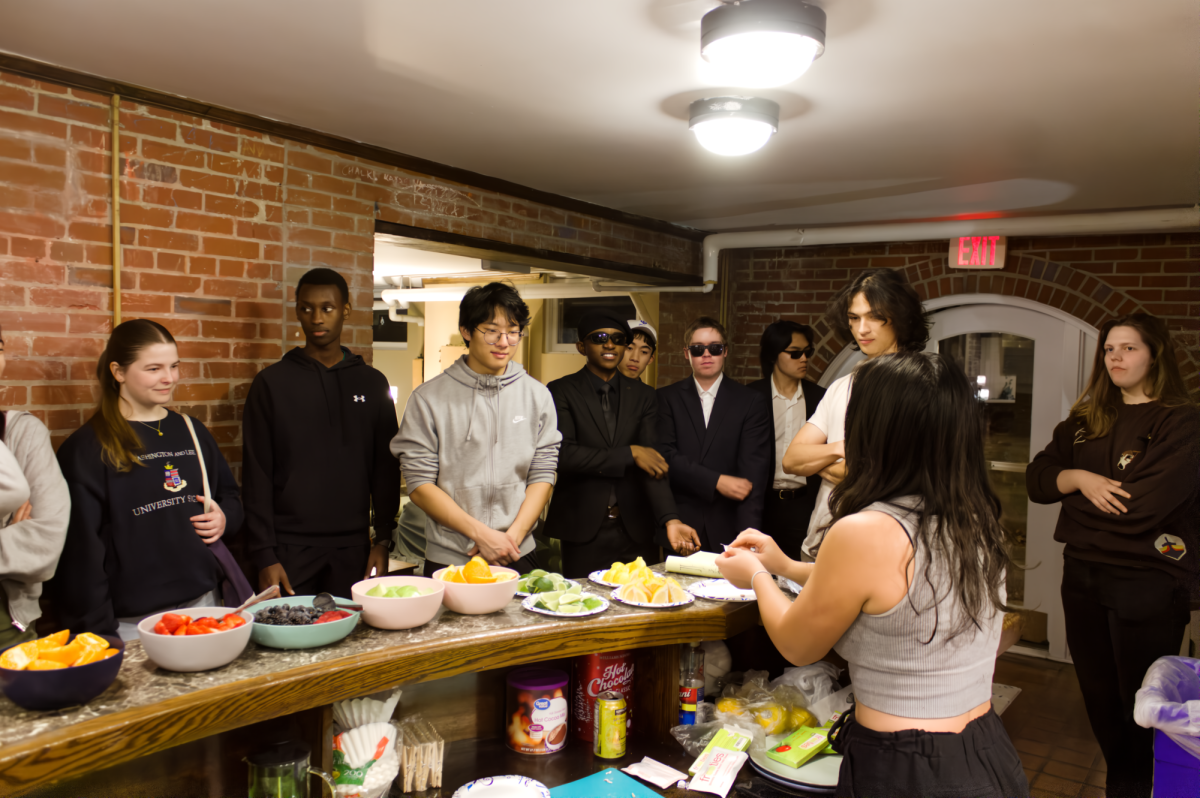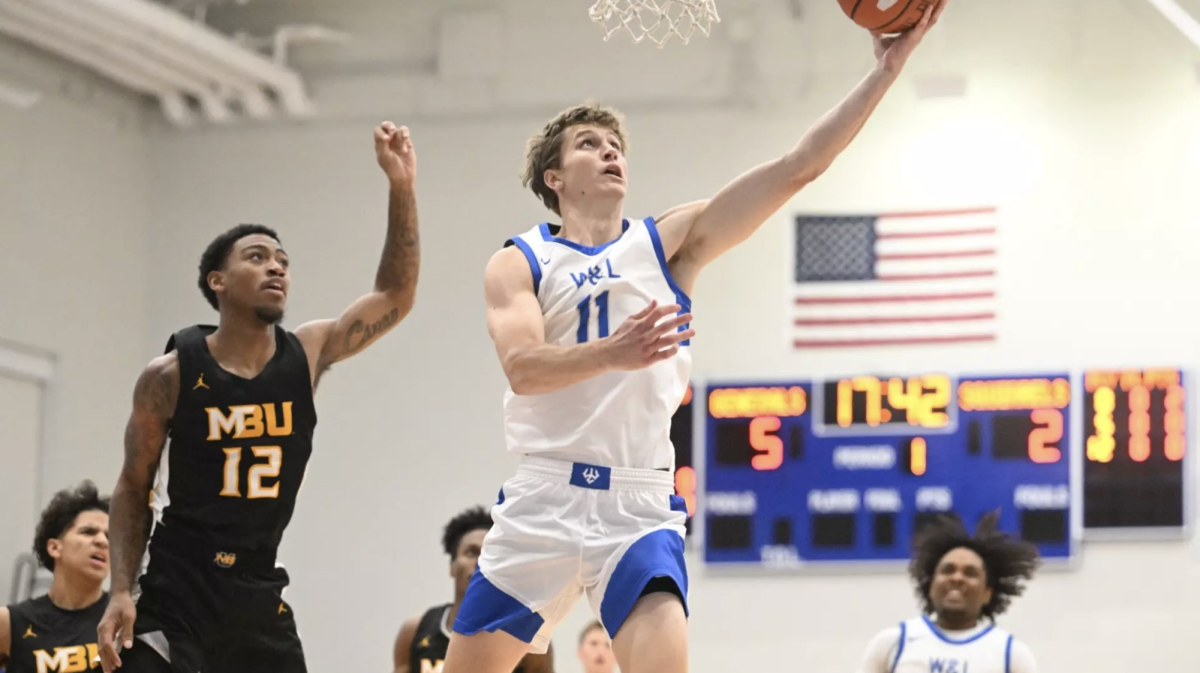In my first two semesters at Washington and Lee, I have had back-to-back classes in the afternoon on Tuesdays and Thursdays. This has meant that from 1:30 to 4:45, I haven’t been able to afford a lack of focus. Lock in. Pay attention. Take notes. Repeat. This mindset has served as a crucial part of my concentration in class. But it’s also helped me make a smooth transition in between hour-and-a-half periods, especially during the free time I have in the 15-minute passing period.
All four of these classes have been lecture-based, where I take notes and participate in discussions, and this passing time has made the transition between periods easier. I’ve been able to review readings and notes so that I’m prepared for whatever comes in my next class—whether it be a pop quiz on a specific chapter or a debate on global politics. I imagine that many other students find similar usefulness in this 15-minute period, even if they spend it somewhat differently.
But with the introduction of new 10-minute passing periods, this may change.
Many students not only use the passing period for review and relaxation but also to grab food. However, fifteen minutes does not always suffice, and students often find themselves in a rush to scramble to their next class. Ten minutes definitely won’t help with this. I know that I, along with many others, will face difficulties going from class to class some days next semester—in my case, from a class ending at 12:50 to a 1:00 lab— without as much time to get lunch or review notes.
Additionally, the class times of the new schedule pose a challenge for students. The current schedule includes five periods of hour-and-a-half classes on Tuesdays and Thursdays, starting at 8:00 a.m. and ending at 4:45 p.m. I can attest to the struggle of having classes from this starting time to the end because, along with back-to-back classes in the afternoon during my first semester, I also had an 8:00 a.m. on Tuesdays and Thursdays. From time to time, I would feel burnt out during these afternoons.
Now, however, the new schedule includes six blocks––with the first one starting at 8:00 a.m. and the last one ending at 5:50 p.m. A friend of mine only has one class on Tuesdays and Thursdays, but it comes at the very last block, from 4:20 to 5:50. Thus, for him, waiting the entire school day for that one period may prove to be more tedious than the grind of transitioning between back-to-back classes. In the same way that having both a morning class and one at the very end of the day can lead to burnout, waiting for a class that lasts until nearly 6:00 at night will undoubtedly cause the same issue.
Come fall term, student productivity may depend on these time shifts, and we will see if the extension does, in fact, impact their abilities to stay attentive in class and transition with ease.






